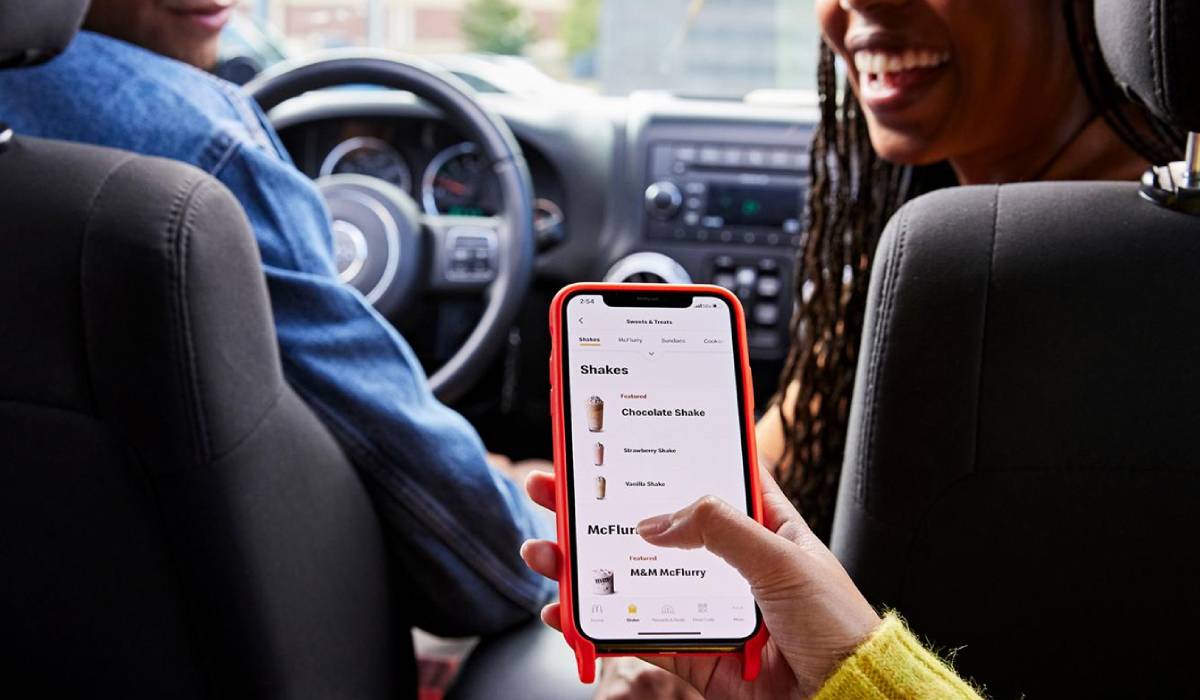Who is Generation Alpha? Also referred to as “Gen C”—as in COVID—and the “Glass Generation” for the glass-fronted devices the group uses as its primary form of communication, they are born between 2010 and 2025. They’re already the most powerful consumer group, accounting for roughly $24.3 billion in spending in 2020. Generation Alpha’s influence on purchasing goes beyond their own spend and pocket money. They are influencing parental purchasing decisions—dubbed “kidfluence.” A 2023 study found that Gen Alpha loves McDonald’s—and they chose McDonald’s nearly six to one over Chick-fil-A through unaided responses. Gen Alpha parents tend to be much healthier eaters, but 43 percent of them admitted that their kids consume fast food at least once a week—but that they try to make mostly healthy choices.
Introduction to Generation Alpha
Generation Alpha is the first generation to be born entirely in the 21st century. This generation is already the biggest generational cohort, with more than two billion members worldwide made up of the most racially and ethnically diverse individuals, making it the most diverse generation in history. It’s the first generation to be born into new world technologies, making them the most digitally literate generation, with a high level of technological fluency.
Understanding Generation Alpha’s Values (and their parents) and their Expectations for Brands
These digital natives are also the first to come of age in a time of increased social consciousness. They’re more likely to be socially and politically engaged than previous generations and value diversity and inclusion, as well as environmental protection. As consumers with strong values, they and their parents expect brands to align with their beliefs by being socially responsible and demonstrating their commitment.
Alphas are also used to having access to massive amounts of data and are comfortable using it to make decisions. They expect brands to be transparent about data collection and to provide a secure shopping experience. Restaurant brands can use data to understand this new generation and capture what they want without violating their consumer rights.
While social consciousness is at the forefront of their minds, Alphas also value convenience. Growing up in a digitalized society, they’re used to having everything with just a click of a button and expect brands to make it easy for them to meet their needs instantly.
How Restaurant Brands Can Connect with Generation Alpha
Social media is a crucial tool to leverage in reaching Alphas. They are highly active on social media, with researchers predicting they will use social media for more than eight hours a day. Nearly half, 45 percent of them consume news online and 28 percent shop online. What Gen Alpha sees online also leads to in-store purchase influence—85 percent of kids ages five to nine asking their parents for something during an in-store shopping trip. To effectively utilize social media, restaurant brands must understand this generation’s online behavior, the platforms they’re using, the content they’re engaging with, and the influencers they’re following. They gravitate towards authentic brands that create more abstract content such as when Coca Cola launched its Dreamworld flavor describing it as “technicolor tastes and surrealism of the subconscious” and inviting consumers to “dream with open eyes”. And as AI-generated food concepts and recipes become more prevalent, Gen Alpha and their parents overwhelmingly say they’d be open to trying products created by computers.
Brand Messaging & Delivery Channels
Being on top of voice is critical given these young consumers don’t use the same lingo as past generations; they rely on slang popularized by the Internet. To achieve a young organic voice brands are hiring Gen Zers to handle social media marketing. Gen Z walks a fine line bridging the old generations to this vastly different new generation. They can appeal to Gen Alpha without alienating their parents. When developing messaging it’s important that restaurant brands pivot from targeting the point of sale to focusing on the point of need, leading to a shorter customer journey. Message delivery is as important—create immersive experiences through gamification, augmented, and virtual reality to capture Generation Alpha’s attention & their loyalty.
Measuring the Impact of Generation Alpha
Key metrics such as engagement rate, click-through rate, and conversion rate continue to be essential, but equally important is how Gen Alpha responds to restaurant brand messaging & experiences. Generation Alpha has the potential to be the most powerful consumer group to date; by truly understanding what makes them tick, restaurant brands can create a connection and attain loyalty for life.
Maria Topken is Vice President of Client Leadership at Brandience a full-service marketing agency serving regional category-leading clients including Skyline, Tropical Smoothie & Papa Johns. Prior to Brandience, Maria spent over twenty years at Empower Media Marketing, in roles of increasing responsibility as Account Service Director, Vice President of Client Leadership, Senior Vice President—Media Director, and Senior Vice President—Client Leadership where she worked closely with clients Wendy’s, U.S. Bank, Steak ‘n Shake and Stanley Steemer. Prior to her agency career, she was the Marketing Director for Long John Silver’s where she was responsible for marketing for over 500 company and franchise-owned restaurants. Throughout her career, Maria has developed strategies to increase sales, led media planning and buying, and mentored award-winning media teams. For more about Maria’s career, visit https://www.linkedin.com/in/mariatopken/.




